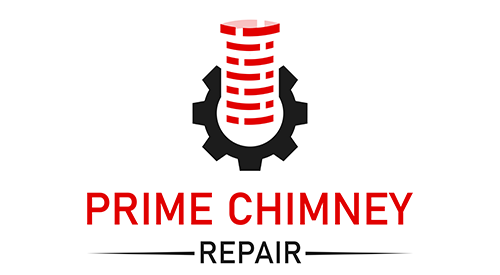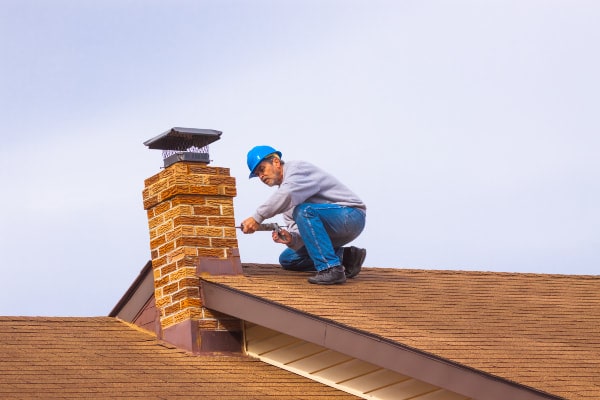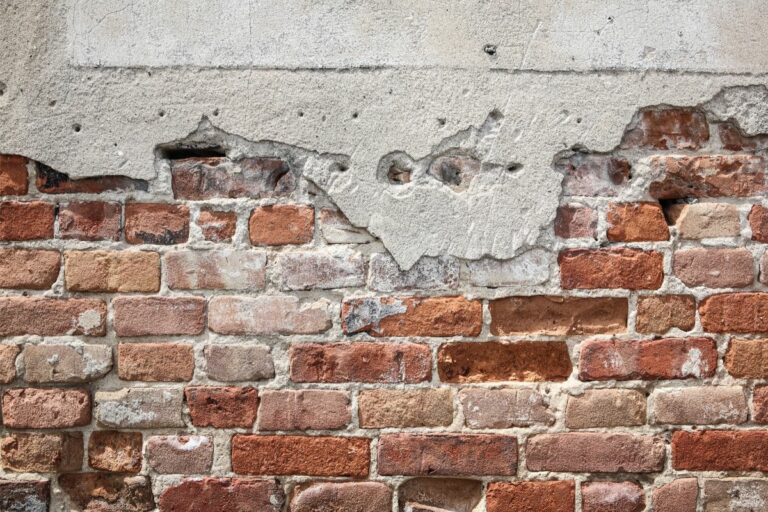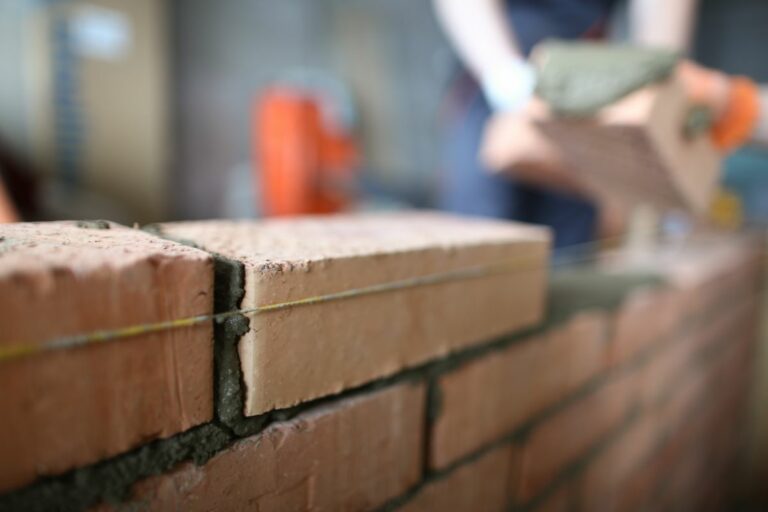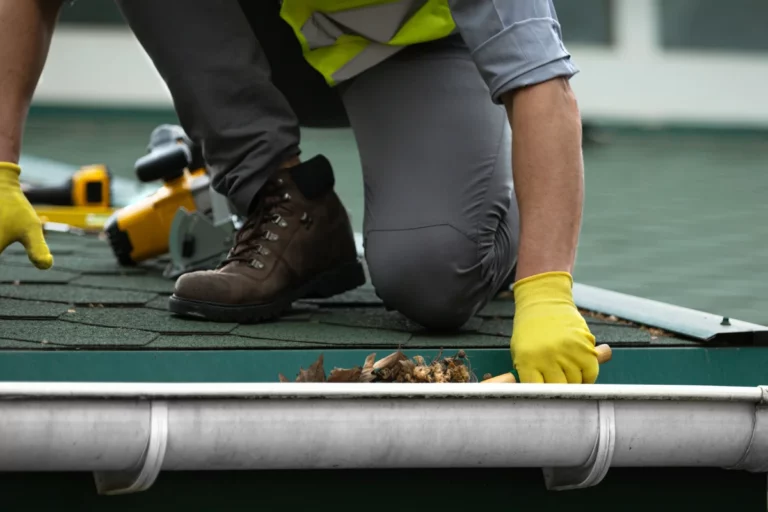A chimney is an integral part of your home. It produces heat during the winter months and allows for proper ventilation to avoid harmful fumes from accumulating inside the house. If you notice any signs that indicate it’s time for a chimney repair, do not hesitate to contact a professional before it becomes more serious than necessary!
The first sign that could signify the need for repairs is excessive soot on walls or ceilings near the fireplace. This can be caused by improper drafting in which airflow isn’t being drawn up through the chimney causing smoke to go back into the room rather than out of the top of the chimney. Another indication that there might be problems with your existing system is cracking in the mortar between bricks or stones, small pieces of debris falling from the top of your chimney, or water stains on ceilings below.
Chimney fires are the most common cause of house fires
A chimney is a structure that provides passage and ventilation for smoke from a fireplace or industrial process to the outside atmosphere. Chimneys also provide a draft, which helps fuel combustion in fireplaces and furnaces. A chimney can be designed to carry exhaust fumes away from an industrial activity into the atmosphere, through ductwork or pipes into another building’s chimney, downwind at some distance away, or on its own out of doors.
The word comes from Old French words meaning “chamber” and “to warm.” It was originally applied to one’s sleeping chamber but has come to refer primarily to structures associated with open-hearth cooking. The most common cause for house fires are due to faulty or poorly maintained heating appliances being improperly installed or used.
The number one reason is because of creosote build up inside flues leading to an open flame. Creosote can pose serious health risks and should be removed by professionals once every year and inspected yearly before use and covered with a spark arrestor screen which will catch embers, sparks and prevent them from entering any airways in homes.
The chimney should be inspected at least once a year for cracks, leaks, or other damage
Your fireplace is the centerpiece of your home and is one of the most important features in determining its resale value. It’s also dangerous if it isn’t properly maintained! A chimney that has been neglected may develop excessive soot deposits, creosote build-up inside flues or on brickwork, cracking or bowing bricks and mortar joints, loose connections between sections of pipe… The list goes on and these problems can lead to inefficiencies which in turn leads to higher energy use.
The chimney should be inspected at least once per year by qualified professionals who will perform an inspection report with photos which you can then use to maintain your chimney for years to come! As mentioned earlier, your fireplace can be dangerous if not maintained properly. This includes all aspects of its structure from the flue lining to mortar joints. The longer that these problems go unaddressed, the more likely they’ll become a bigger problem in terms of safety and home value.
If there has been any damage or cracks in your chimney or firebox recently then now would be an excellent time to consider getting it inspected. It’s also important to remember that while the chimney is an integral part of your home, you should never use dangerous chemicals like bleach or ammonia-based cleaners when cleaning them! These can cause more damage than good and will end up making more work for yourself in the long run.
A clean and well-maintained chimney will function better and more efficiently
A chimney is used to remove smoke and excess gases from a fire. It has an opening at the top, usually surrounded by bricks or stones that act as insulation. The flue may be straight or have bends in it to increase airflow. Chimneys are typically constructed of brick on the inside and outside surfaces with some type of mortar holding them together, but they can also be made out of metal, stone, reinforced concrete, or other materials.
A chimney functions because hot air rises due to buoyancy; this creates a draft that pulls cold air into the bottom of the chimney through cracks near the base called “draft holes.” This movement of air up and down prevents back-drafting (when smoke gets pulled back down into the fireplace) and helps distribute smoke throughout a building. A clean chimney is necessary for it to function properly.
The flue should be inspected regularly, especially before using the fireplace in colder weather when more creosote may develop due to increased use of wood or coal. Creosote deposits are highly combustible because they contain organic chemicals that can easily catch fire from burning embers. If you have built-in heaters with gas logs, these furnaces must also have separate chimneys. In addition, if your home has a furnace or boiler in one area but not another (like an attached garage), then the two units will need separate ventilation systems as well.
If you have pets, they can trigger hair buildup in your chimneys which can lead to an increased risk of fire
Pets can be dangerous to your home. If you have pets, they can trigger hair buildup in your chimneys which can lead to an increased risk of fire. Pets are not the only issue; other sources include fireplace logs, wood stove ashes, and cigarettes. The best defense against this is regular inspections by a professional who specializes in cleaning chimneys and flues. You should also make sure that any fires or smoking materials are at least three feet away from anything combustible-including furniture upholstery, curtains, and drapes-to avoid accidental fires caused by carelessness.
A dirty chimney is also a fire hazard because it prevents smoke from escaping properly
A dirty chimney can be just as dangerous as an unclean oven. The reason is that the buildup of soot on the inside surface of the flue can prevent heat and smoke from escaping during combustion, thus posing a risk to both you and your home. This accumulation of soot will eventually cause a backdraft or reverse draft which could result in death or serious injury.
To avoid such risks, homeowners should get their chimneys inspected annually by a certified professional who specializes in this type of work. And if you live in an area where wood is used for fuel, be sure to have your fireplace cleaned every year before winter sets in. Beware of the fire hazard that can be caused by a dirty chimney.
A flue that is blocked with soot will prevent heat and smoke from escaping during combustion, posing serious risks to your home both inside and out. If you live in an area where wood is used for fuel, have your fireplace cleaned every year before winter sets in, or get it inspected annually by a certified professional who specializes in this type of work.
You may need to replace parts on your fireplace that is damaged or old if you notice any problems with them after inspection
Fireplaces are a great way to add ambiance and style to your home. They also provide heat, which is very important in colder climates or during the winter months. Unfortunately, when fireplaces aren’t properly maintained they can become a health hazard. Sometimes you may need to replace parts on your fireplace that are damaged or old if you notice any problems with them after inspection.
You should also check for cracks in your fireplace’s bricks or mortar. If there are any, you will need to replace them as well. If you’re replacing parts of your fireplace on your own, be sure that when removing the old ones that you wear protective gloves and goggles so that no asbestos particles come into contact with yourself or anyone else in your home. Also, ensure all areas around where the repair is taking place are clean and free from dust and dirt too! When it comes time to install new components, use a small amount of fireproof sealant before applying new mortar into joints between brickwork pieces to guarantee optimal protection against airborne embers which can potentially re-ignite any exposed wood fibers.
